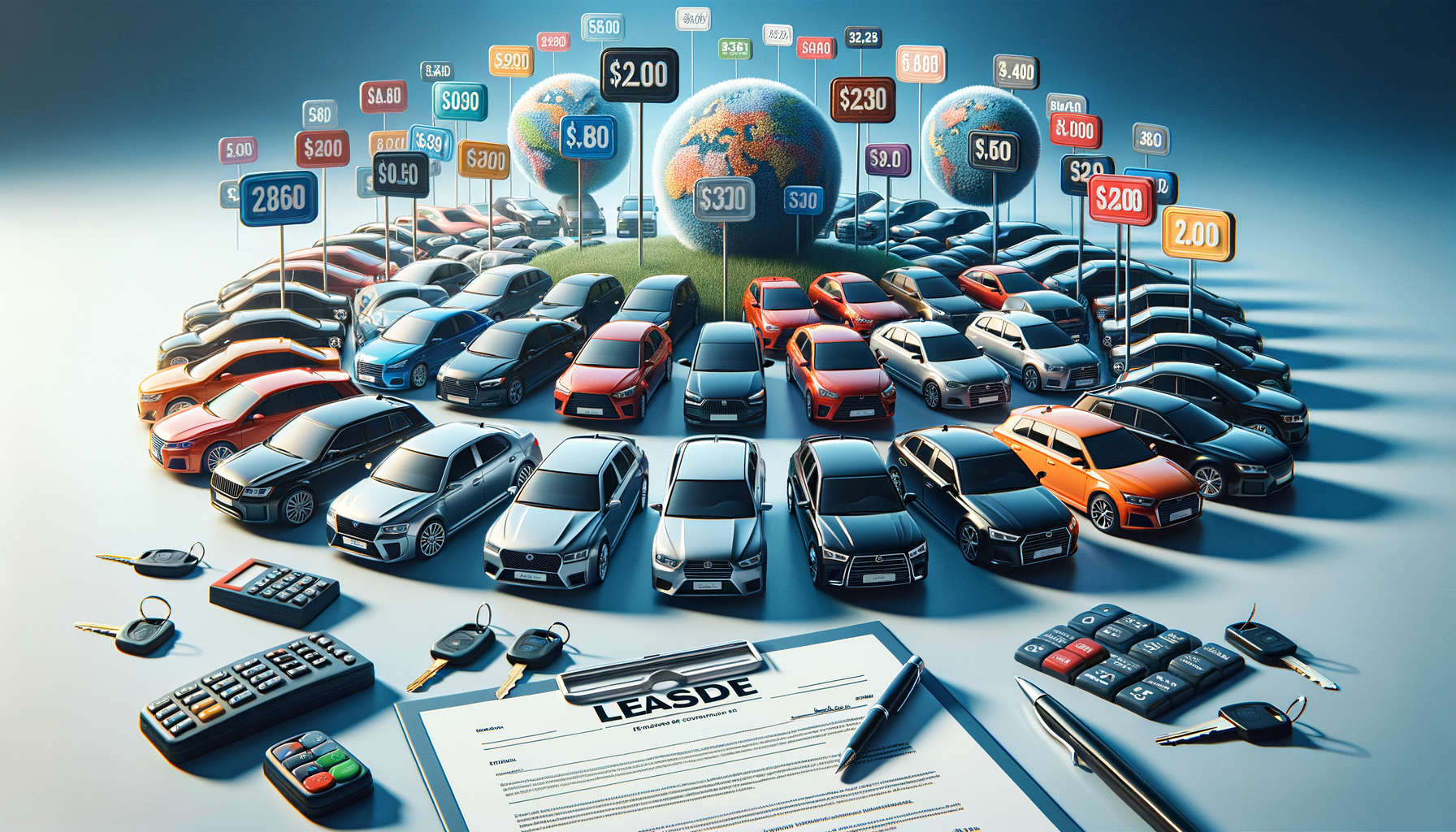Understanding Car Leases
Car leasing is an attractive option for many individuals who desire the experience of driving a new vehicle without the financial burden of purchasing one outright. A car lease is essentially a long-term rental agreement where the lessee pays a monthly fee to use the vehicle for a set period, typically ranging from two to four years. At the end of the lease term, the lessee has the option to purchase the vehicle or return it to the dealership.
One of the primary advantages of leasing is the lower monthly payments compared to a car loan. This is because lessees are essentially paying for the vehicle’s depreciation during the lease term, rather than the entire purchase price. Additionally, leased vehicles are often under warranty, which can alleviate concerns about maintenance costs.
However, leasing is not without its drawbacks. Lessees are typically subject to mileage restrictions, which can result in additional fees if exceeded. Moreover, there is no equity built in the vehicle, meaning that the lessee does not own the car at the end of the lease term. It’s essential to weigh these pros and cons carefully to determine if leasing aligns with your financial goals and lifestyle needs.
Comparing Lease vs. Buy: Financial Implications
When deciding between leasing and buying a car, it’s crucial to consider the financial implications of each option. Leasing generally offers lower monthly payments, which can be appealing for individuals looking to manage their cash flow effectively. However, buying a car can be more cost-effective in the long run, as ownership allows you to build equity and eventually eliminate monthly payments once the loan is paid off.
For those who prefer driving a new car every few years, leasing can be particularly advantageous. It allows for more frequent upgrades to newer models without the hassle of selling or trading in a vehicle. On the other hand, buying a car can be a better option for those who plan to keep their vehicle for an extended period, as it eliminates the need for continuous payments beyond the loan term.
It’s important to consider factors such as your driving habits, financial situation, and personal preferences when making this decision. Calculating the total cost of ownership and comparing it to the cost of leasing over the same period can provide valuable insights into which option is more financially viable for your circumstances.
Key Considerations Before Leasing a Car
Before committing to a car lease, there are several key considerations to keep in mind. First and foremost, it’s essential to understand the terms of the lease agreement, including mileage limits, wear-and-tear policies, and potential penalties for early termination. These factors can significantly impact the overall cost of leasing and should be carefully evaluated.
Additionally, consider your driving habits and lifestyle needs. If you frequently travel long distances, a lease with a low mileage limit may not be suitable, as overage fees can quickly add up. It’s also important to assess your budget and ensure that the monthly lease payments fit comfortably within your financial plan.
Another consideration is the end-of-lease options. Some leases offer the opportunity to purchase the vehicle at the end of the term, which can be beneficial if you have grown attached to the car and want to continue driving it. Understanding these options and their associated costs can help you make an informed decision about whether leasing is the right choice for you.
Exploring Different Types of Car Leases
Car leases come in various forms, each with its unique features and benefits. The most common type is the closed-end lease, where the lessee returns the vehicle at the end of the lease term without any further financial obligation, provided the car is in good condition and within the mileage limits. This type of lease offers predictability and peace of mind, making it a popular choice among consumers.
Another option is the open-end lease, often used by businesses and individuals who anticipate high mileage usage. With an open-end lease, the lessee may be responsible for the difference between the car’s residual value and its market value at the end of the lease term. This can result in additional costs if the vehicle’s value depreciates more than expected.
Subleasing is another alternative, where the original lessee leases the vehicle to another party. This can be a viable option for those who need to exit a lease early without incurring significant penalties. However, it’s essential to ensure that subleasing is permitted under the original lease agreement and to understand the potential risks involved.
Conclusion: Making the Right Choice for Your Needs
Leasing a car can be an excellent option for those who enjoy driving new vehicles and prefer lower monthly payments. However, it’s crucial to carefully consider the terms of the lease, your driving habits, and your financial situation before making a decision. By understanding the various aspects of car leases and weighing the pros and cons, you can make an informed choice that aligns with your lifestyle and financial goals.
Ultimately, whether you choose to lease or buy a car depends on your individual needs and preferences. Both options have their benefits and drawbacks, and the right choice will vary from person to person. By taking the time to evaluate your options and consider the long-term implications, you can ensure that you make a decision that best suits your circumstances.




Leave a Reply